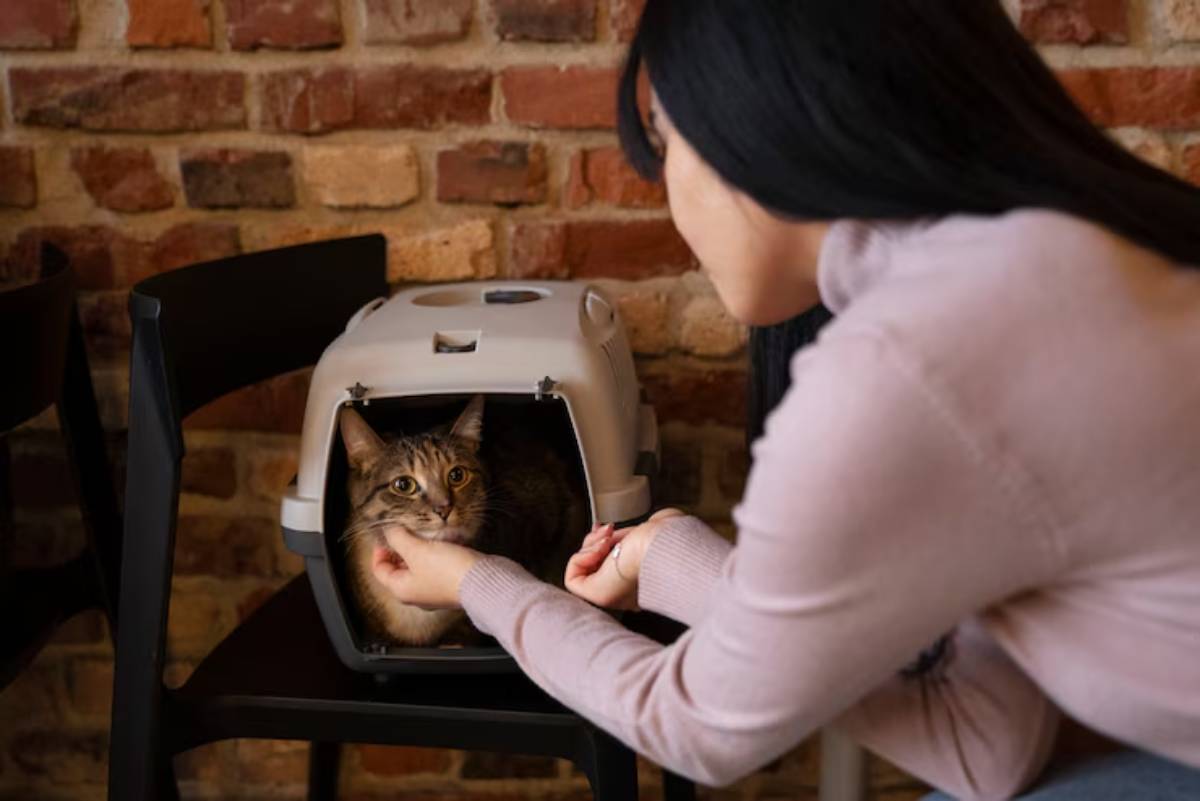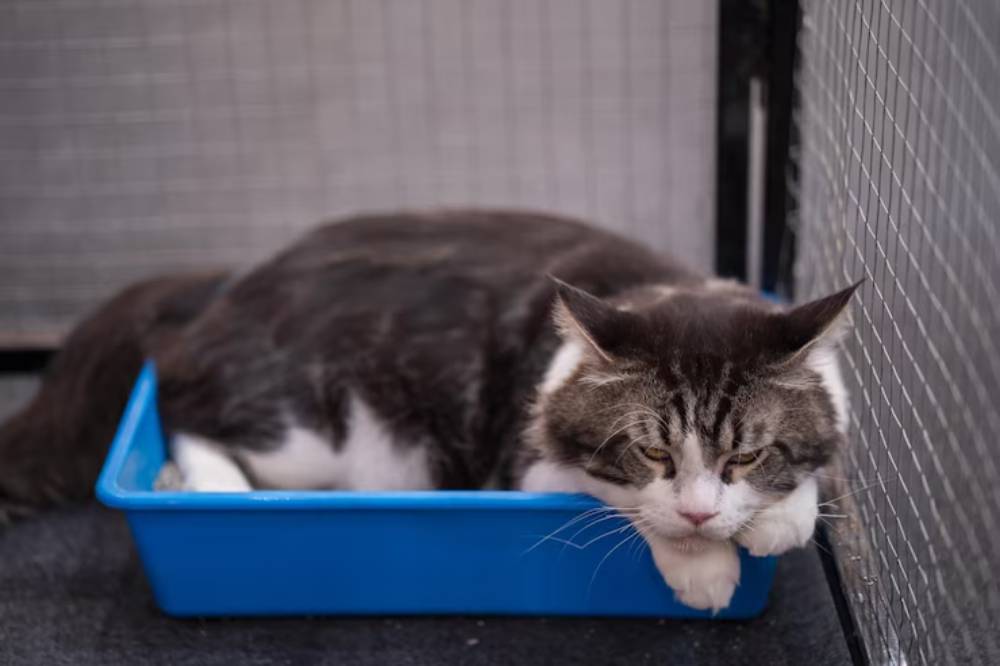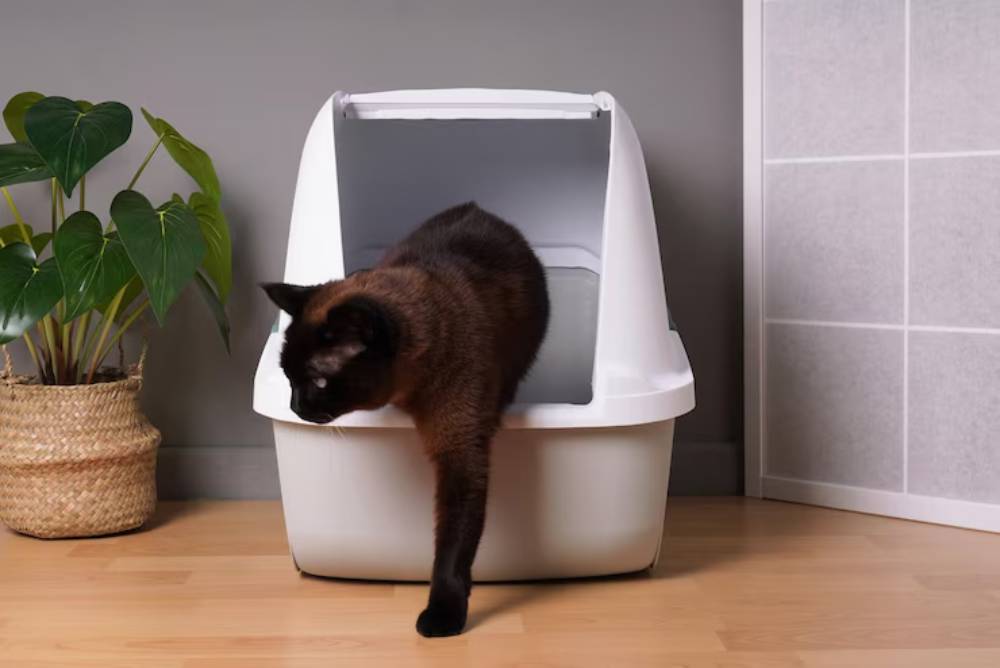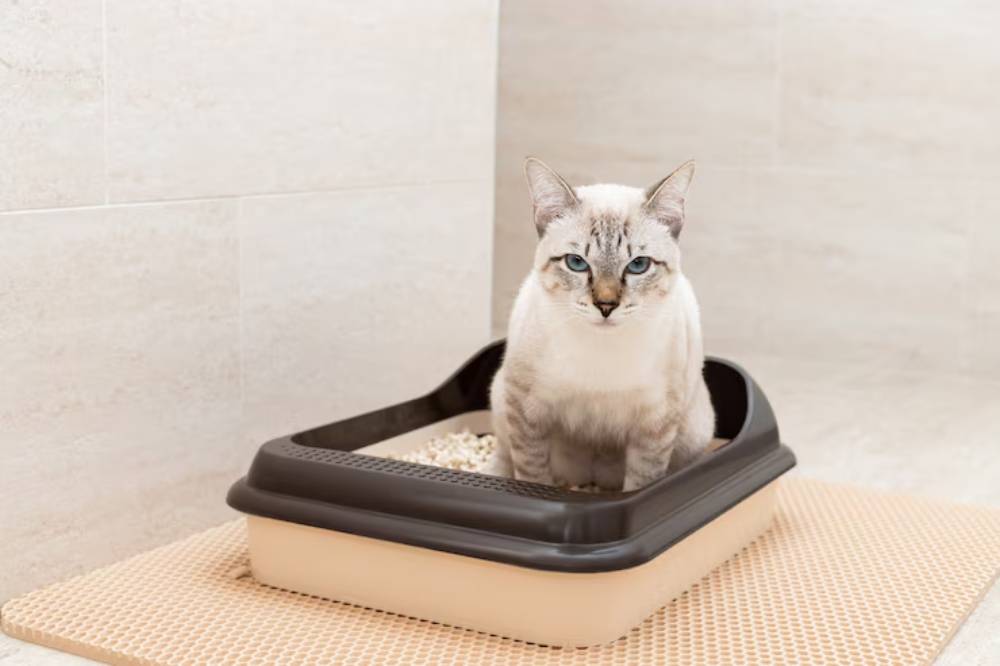
Optimal Locations for Litter Boxes in Your Home
Have you ever walked into a room and instantly crinkled your nose, wondering where that mysterious smell is coming from? Or maybe you’ve noticed your cat avoiding their litter tray altogether, only to find a surprise behind the sofa. While diet and health matter, sometimes the issue is as simple and fixable as where you place the cat litter box.
Choosing the correct location for your cat’s litter tray isn’t just about convenience but comfort, hygiene, and behavioural success. A well-placed litter box encourages consistent use and prevents accidents. Poor placement? That can lead to a mess, stress, and unhappy pets.
In this guide, we’ll explore practical litter box location tips, considering your home layout, your cat’s instincts, and how to balance cleanliness with accessibility. Whether you’re a first-time cat parent or tweaking your current setup, this article will help you perfect your cat litter box setup for long-term harmony.
Why Litter Box Location Matters

A Cat’s Perspective
Cats are creatures of habit and instinct. In the wild, they seek out private, safe spots to do their business, where they feel secure from threats and disturbances. While your living room might feel cosy, your cat might view it as high-traffic and high-risk.
Key considerations from your cat’s point of view:
- Privacy matters: No one wants an audience while using the loo.
- Noise sensitivity: Appliances and slamming doors can be off-putting.
- Ease of access: No tight corners or staircases to climb.
- Odour management: Cats have powerful senses of smell.
Ignoring these can lead to litter box avoidance, marking, or choosing alternative places to relieve themselves.
Your Perspective
As a cat owner, you want a location that:
- Keeps smells contained
- Prevents litter tracking across the home
- Fits well with your interior layout
- Makes cleaning and scooping easy
Fortunately, there’s a sweet spot where both needs meet. Let’s dive in.
Best Places to Put a Cat Litter Box

1. A Quiet Corner in a Low-Traffic Room
Think of places like a utility room, guest bathroom, or a seldom-used hallway corner. These spots are quiet, offer security, and minimise interruptions.
Pros:
- Reduces anxiety for shy cats
- Keeps noise and movement to a minimum
Tip: Avoid rooms that suddenly become noisy (e.g., laundry room during spin cycle).
2. The Bathroom – With Conditions
Bathrooms often make good litter box locations. They’re easy to clean, tile for accidents, and associated with hygiene.
Do:
- Ensure your cat can access it freely
- Keep the toilet lid closed to avoid confusion
Don’t:
- Use it if it’s a shared bathroom that’s often closed off
3. A Spare Bedroom or Study
If unused most of the time, these rooms offer peace, privacy, and plenty of space for a good cat litter box setup. You can’t tuck the box away in a corner without disrupting the flow.
Bonus: These rooms are less likely to have strong odours or constant noise.
4. Enclosed Furniture or Cabinet Inserts
Modern cat parents often use furniture-style litter box holders that double as end tables or cabinets. These provide discretion for both the cat and the owner.
Watch for:
- Adequate ventilation
- Easy access for cleaning
- Enough room inside for your cat to turn comfortably
Places to Avoid at All Costs
1. Next to Food or Water Bowls
Cats are spotless animals. Placing the litter tray near their dining area is a significant no-no; it goes against their instincts.
Golden rule: Keep litter and feeding stations in entirely separate areas.
2. High-Traffic Zones
Avoid putting the box where people walk by frequently—think hallways, kitchens, or near the front door.
These areas:
- Make cats feel exposed
- May lead to hurried or incomplete use
- Are prone to accidental kicks or spills
3. Near Loud Appliances
The hum of a washing machine, the whirr of a dishwasher, or even a sudden toilet flush can deter a cat from returning to that spot.
Especially for:
- Nervous or newly adopted cats
- Senior cats who startle easily
Multi-Cat Homes: Litter Box Location Strategy
If you live with multiple feline friends, your approach must change slightly.
Tips:
- Have one litter box per cat, plus one extra
- Distribute them across different rooms to prevent territorial behaviour
- Avoid clustering boxes together – it defeats the purpose of giving options
- Observe use patterns, one cat might hog a box while another seeks privacy
Pro Tip: If one cat begins guarding a box, it’s time to separate them.
Small Spaces: Litter Box Placement in Flats or Studios
Living in a flat or studio? That is no problem; you can still find a good spot.
Suggestions:
- Under a bathroom sink (as long as there’s airflow)
- Inside an unused wardrobe or cabinet
- Behind a decorative screen in a living area
Key point: Odour control and airflow are even more important in small homes. Use ventilated litter boxes and clean more frequently.
Step-by-Step: Setting Up the Perfect Litter Box Spot
- Choose a box appropriate for your cat’s size and mobility
- Pick a quiet, ventilated location
- Place a litter mat underneath to catch tracking
- Add a moderate amount of litter (5–7 cm depth is ideal)
- Introduce your cat gradually, let them sniff and explore without pressure
Maintenance Matters: Keeping the Area Clean
Placement is only half the battle. Cleanliness keeps the box attractive to your cat.
- Scoop daily (ideally twice a day)
- Replace all litter weekly
- Wash the box with mild, unscented soap
- Keep the surrounding floors clean
- Replace mats or liners regularly
If you skip these steps, even the perfect location will not matter—your cat will simply find another place to go.
Frequently Asked Questions
Where Is The Best Place To Put A Cat Litter Box In A Small Flat?
A quiet corner in the bathroom or behind a privacy screen works well. Make sure it’s well-ventilated and easy to access.
Can I Keep The Litter Box In My Bedroom?
You can, but be aware of odours and the sound of scratching at night. If your cat is clean and you scoop often, it can work.
Is It Okay To Have Two Litter Boxes In The Same Room?
Not ideal. Cats may view them as a single territory. It’s better to place them in separate rooms to avoid dominance issues.
What If My Cat Stops Using The Box?
Check the location first. Has it become noisy, cramped, or hard to access? Also, rule out medical issues or changes in litter type.
Can I Move A Litter Box To A New Spot?
Yes, but do it gradually. Place the new box next to the old one, then slowly shift its position over a few days.
Perfecting Your Cat Litter Box Setup

Finding the ideal cat litter box setup is as much an art as a science. You need to balance your home’s design with your cat’s instincts. With the right litter box location tips, you can create a calm, hygienic space that keeps you and your feline friend happy.
The proper placement improves use, reduces accidents, and supports better long-term behaviour. So, evaluate your current setup and consider making a few changes.
Have you found a clever litter box location that works perfectly? Share your tips or photos in the comments below. Your insight could help another cat parent in need!


